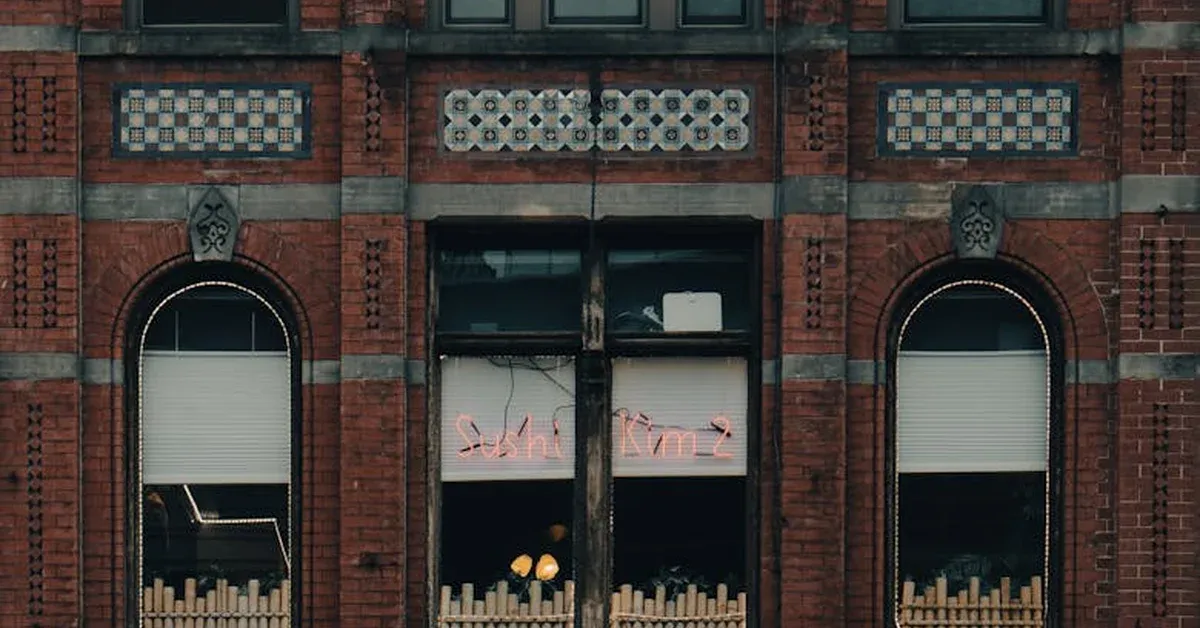
A century ago, you could walk down the main streets of most American cities and find brothels operating openly. They weren’t exactly celebrated, but local authorities often looked the other way or even regulated them. Today, only a few rural Nevada counties allow legal brothels. The rest of America? They’re completely banned. This wasn’t a gradual change. It was more like flipping a switch that turned off an entire industry across the nation.
When Vice Was Part of Main Street
For much of early American history, prostitution existed in a gray area. Cities like New Orleans, San Francisco, and countless others had designated vice districts that everyone knew about. These red-light districts weren’t hidden away - they were part of the urban landscape, however controversial.
Brothels back then operated almost like an early version of today’s gig economy. They provided services that society publicly condemned but privately used. Many cities even required medical inspections for sex workers, treating it as a public health matter rather than a criminal one.
The arrangement was messy and imperfect, but it kept things visible and somewhat organized. That was about to change completely.
The Reform Movement Strikes
Everything shifted during the Progressive Era of the late 1800s and early 1900s. Social reformers, many connected to the women’s suffrage movement, decided prostitution had to go. They didn’t just want it regulated - they wanted it wiped out entirely.
But the real knockout punch came with World War I. Military leaders worried that sexually transmitted diseases would weaken American soldiers. This gave federal and local governments the perfect excuse to launch massive campaigns against prostitution.
These weren’t just law changes. This was a coordinated effort to dismantle the entire visible infrastructure of the sex trade. And it worked.
Nevada Goes Its Own Way
While most states banned everything, Nevada chose differently. In 1971, several rural counties decided to keep legal brothels in the US operating under strict regulations. These remain the only legal brothels in America today.
But everywhere else? The industry didn’t disappear - it just went underground. Criminalization pushed prostitution into the shadows, making it more dangerous and putting it beyond any meaningful oversight or worker protection.
This created exactly the opposite of what reformers wanted: instead of eliminating the sex trade, they made it less safe and gave criminal organizations more control over it.
What Really Happened Here
The disappearance of America’s brothels shows how quickly society can completely reshape itself when the right forces align. Progressive reformers provided the moral framework, World War I created the urgent health crisis, and government officials had the political cover to act decisively.
It’s a perfect example of what happens when societal vanishing acts occur - entire ways of life can disappear from public view almost overnight.
The combination of changing moral attitudes, wartime emergency measures, and coordinated political action created a social transformation that still shapes American law and culture today.
Understanding how this happened helps explain why debates about legalizing sex work remain so complicated. We’re still dealing with the consequences of decisions made over a century ago, when America chose to make an entire industry vanish from public sight rather than figure out how to regulate it safely.